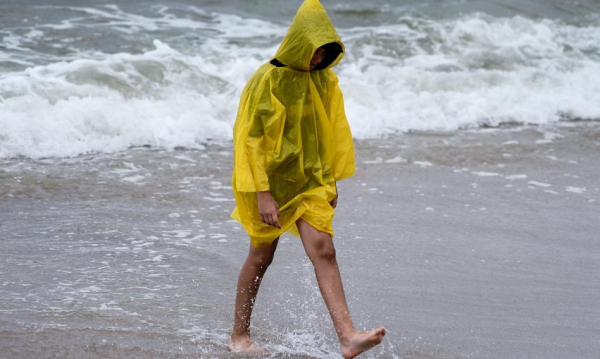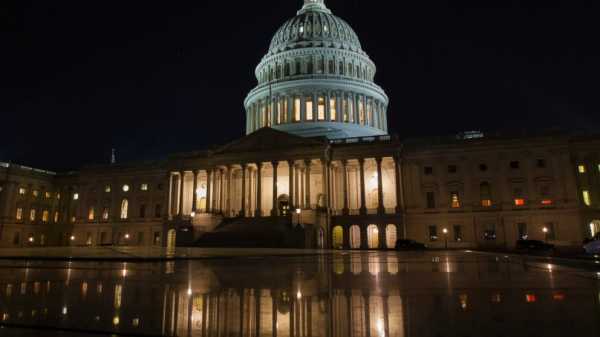The 2025 summer holidays will be one of the weakest seasons in recent years – at least for Polish resorts. According to industry experts, there are fewer tourists than usual on the Baltic Sea and in the mountains, and instead of crowds, there are increasingly empty tables and vacant rooms. In many destinations, accommodation is readily available, something that was almost unthinkable in the height of the season just a short time ago.


The 2025 holiday season is shaping up to be a major disappointment for businesses in the domestic tourism sector. Both seaside and mountain resorts, owners of guesthouses, hotels, and restaurants are seeing significant declines in tourist numbers compared to previous years. Unpredictable weather, increasing competition from foreign destinations, and the rising cost of living are the main reasons for this decline.
There are no spontaneous bookings
This year, Pomeranian tourism industry entrepreneurs have little reason to celebrate. The number of visitors this year wasn't as good as last year.
Advertisement See also: Awaken your inner stock market bull! With us, it costs nothing to go overboard.
” In our region, especially in smaller tourist towns, the average occupancy rate in guesthouses and private accommodations is only 40-50 percent, ” Łukasz Magrian, director of the Pomeranian Regional Tourist Organization, tells Bankier.pl. “In the Tricity area itself, it's better, at around 80-85 percent. However, Gdańsk, Sopot, and Gdynia have their own rules. There's a lot going on there. There are many festivals, concerts, and other attractive events that attract visitors.”
According to the head of PROT, the higher the hotel category, the better. Those with pools, spas, and numerous attractions fare much better. However, those with lower standards and offering only basic services suffer.
“It's always a bit rainy in July, but this year has been exceptional weather-wise. This means there's a lack of spontaneous bookings, which are usually made when the weather is nice, ” adds Łukasz Magrian.
Tourists are canceling their reservations en masse
According to Katarzyna Herdzik, village head and co-owner of the “U Rekina” guesthouse in Łukęcin, there are significantly fewer tourists at the seaside this year than last . Moreover, they are canceling their reservations en masse.
“If what they're saying to justify their resignations were true, all the grandmothers in Poland would be dead by now,” Katarzyna Herdzik tells Bankier.pl. “People are complaining about the weather and that tourist vouchers have run out. That's why we're trying to attract them by organizing various events—concerts, festivals, and children's activities. We hope August will be much better.”
“The promenade has been this empty for a long time now during the season,” Joanna, a saleswoman for ice cream and waffles in Pobierowo, tells Bankier.pl. “It used to be that when it rained and people weren't going to the beach, you couldn't walk through here because it was so crowded. This year, if something doesn't change, I don't see our profits growing.”
Fewer tourists in hotels and guests in restaurants
In turn, according to Katarzyna Turosieńska, spokeswoman for the Polish Chamber of Tourism, this year there has been a slight decline in the number of tourists in Poland compared to the record seasons before and just after the pandemic, when domestic travel dominated .
“This is due, among other things, to economic factors, such as rising living and transportation costs, but also to unpredictable weather in July. However, it's important to remember that the tourist season in Poland is increasingly stretching from May to October, meaning many trips are still ahead. It's also clear that tourists are planning shorter, more frequent trips, ” Katarzyna Turosieńska tells Bankier.pl. “Restaurant owners are also seeing slightly lower sales during the week, but they make up for it on weekends and during local events,” she adds.
Foreign tourists choose large cities and health resorts
The situation is somewhat salvaged by visitors from other countries. According to PIT data, foreign tourism to Poland remains stable, with slight increases in large cities and spa regions.
“Traditionally, most visitors come from Germany, the Czech Republic, Slovakia, and Scandinavia, but the number of tourists from the UK, the US, and the Baltic countries is also growing. This year, we're seeing greater interest in Poland among tourists from Ukraine and Asian countries, particularly South Korea and Japan,” summarizes Katarzyna Turosieńska.
The weather doesn't help
This July has been exceptionally unpredictable weather-wise. Frequent storms, rainfall, and unstable forecasts discourage longer trips. Mountainous regions have been particularly hard hit, with numerous floods and restrictions on hiking trails reported. This makes holidays abroad—especially in southern Europe—more attractive for many tourists, not just in terms of price. Especially since umbrellas certainly won't be necessary there.
“We were planning to go to the Tatra Mountains this year. However, the bad weather effectively discouraged us,” Kamila from Wrocław tells Bankier.pl. “Besides, it turned out that a week-long vacation in Greece with flights and all-inclusive meals costs as much as five days in Zakopane with breakfast only .” This finally convinced us to skip the Podhale region this summer.”
75% of hotels have raised their prices
Hotel prices are also a challenge for travelers in Poland. According to a study conducted in early July 2025 by the Polish Hotel Industry Chamber across all voivodeships, prices were significantly higher last month than a year ago.
“In June, average prices continued to grow year-on-year, at a significantly higher pace than in previous months,” IGHP reported in its press release. Its data indicates that nearly three-quarters (72%) of hotels increased prices compared to June 2024 , including 45% who recorded an increase of up to 10 percentage points, 28% of hotels maintained them at last year's level or lower, including 15% who left prices the same, and 10% who recorded a decrease of up to 10%.
How much does a family holiday in Poland cost?
According to experts from Rankomat.pl, who researched accommodation prices in popular Polish holiday resorts, a family of two will pay the most for a seven-day vacation in Solina, at PLN 8,340. A thousand zlotys less in Mrągowo, and Szczyrk came in third, with a hotel stay with breakfast included for PLN 5,633. According to the comparison website, family vacations in Międzyzdroje (PLN 4,965), Mikołajki (PLN 4,691), and Ustka (PLN 4,639) are also expensive. Meanwhile, in Zakopane, a family of two will pay PLN 3,768 for seven days in a mountain hotel.
Private accommodations are cheaper than hotels. A family with two children should find seven days' accommodation for around 4,000 PLN in Międzyzdroje, Mrągowo, and Solina, and 1,000 PLN less in Mikołajki and Ustka. Prices will also be similar in Szklarska Poręba, and in Zakopane, the average cost of such a stay will be 1,990 PLN.
Hope for a better August
Guesthouse and hotel owners are hoping for a much better August. We checked how many vacancies are still available for the second month of summer vacation on booking portals. It turns out that on Booking.com, over 80% of the rooms in Masuria are already unavailable for the first week of August. The same applies to Pomerania. The situation is better in the Sudetes, where nearly 30% of hotel and guesthouse rooms are still available for tourists.
According to the website Rynek-turystyczny.pl, 73% of Poles aged 18-65 planned a trip with at least one overnight stay this summer (June 28–September 30), and 61% of them planned to make Poland their primary destination. So, there's a chance that those who canceled their July vacation due to the weather will do so again in August or September.
Holidays with your dog in the bosom of nature?
This year, new trends are also visible in the tourism market. The Polish Chamber of Tourism identifies several distinct phenomena:
- growing interest in slow tourism – tourists are looking for silence, nature, local flavors and authenticity
- thematic tourism – film, culinary, cycling or cultural heritage trails
- traveling with a pet – more and more facilities and attractions are adapted to the needs of dog and cat owners
- offline holidays – the popularity of places without coverage, such as monasteries, agritourism or forest cottages, is growing
- green tourism – conscious ecological choices, local products, giving up the car in favor of a bicycle or train.





